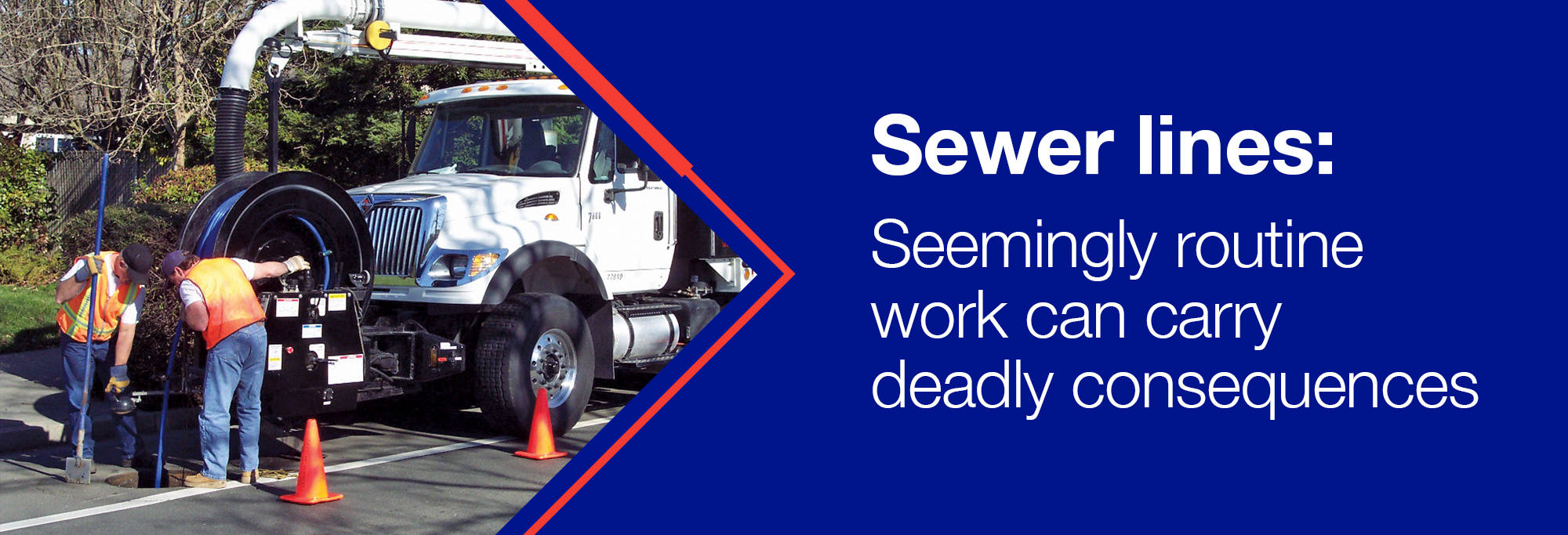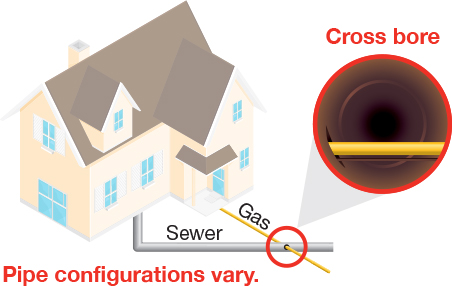 |
| Important safety information for public works departments, sewer operators and sanitation workers |
| National Grid takes safety seriously and we know you do too. As part of our community, your feedback on safety training is important to us. Take this two-minute survey so we can make sure our messaging is important and relevant to you. |
|
|
| Learn the risks of sewer line cross bores. |
| Natural gas pipelines serving homes and businesses in urban and suburban areas are typically installed via trenchless boring methods that cause less disruption than open digging. National Grid currently uses techniques to detect sewer lines during trenchless boring, but some sewer laterals on private property may have gone undetected when natural gas lines were installed in the past. As a result, a gas line may have been bored or pierced directly through a sewer lateral in what is known as a “cross bore.” There’s a heightened risk of a sewer line cross bore – especially since many sewer laterals go unmarked. |
 |
| A natural gas line that is bored through a sewer lateral will impede the flow of sewage and eventually lead to a blockage. If you attempt to remove the blockage with mechanical equipment, you risk not only damaging the pipeline, but also injury to personnel as well as property damage. Gas may leak and travel into nearby sewer lines and buildings, causing a fire and explosion risk. |
| Protect yourself, fellow workers and the public. |
| Make sure workers follow proper cross bore safety procedures before, during and after sewer line cleaning. Be certain they know how to recognize and respond to a natural gas leak. |
 |
|
|
